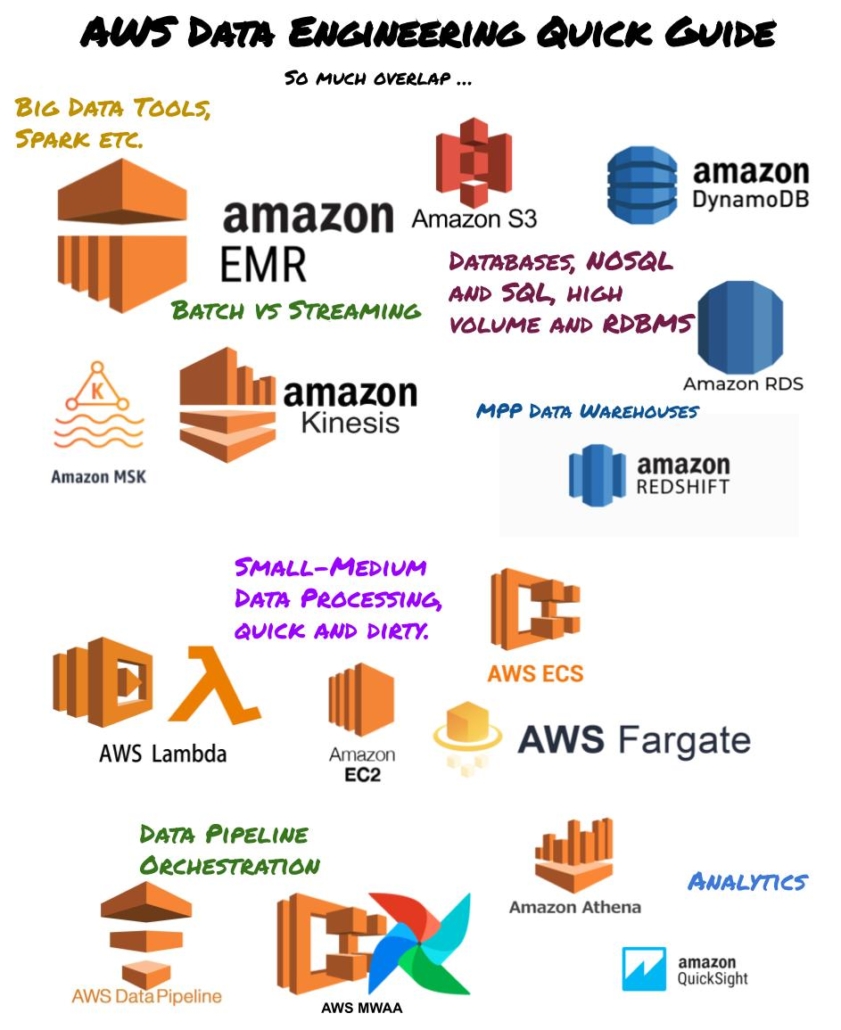
I’ve always been a firm believer in using the right tool for the job. Sometimes I look at a piece of code … and ask … why? I mean just because you can do something doesn’t mean that you should. I see a lot of my job as someone who writes code … as not just my ability to write code, but the ability to reason about problems and design simple and elegant solutions that solve the problem at hand.
I try not to let my love of a tool, language, or package color my view of the world as it is. In fact, there is wisdom to be found in being critical of those languages and tools you love the most. Be aware of their shortcomings and failures. This leads to better software and architecture designs, and less complexity. Too often I’ve seen folks picking their tool of choice and then sticking with it till the bitter end, and it usually is bitter. There is more to life than writing obtuse Scala code that is illegible for some mundane task.
This sort of thing is a blight on everyone and every system. Now I must descend from my high horse and join the peasants on the dusty road of life. Today I want to look at some very common Data Engineering tasks, namely cloud storage, and what it is like to do such a thing with Golang, Rust, and Python. I will let you draw your own conclusions. Maybe. Code available on GitHub.









